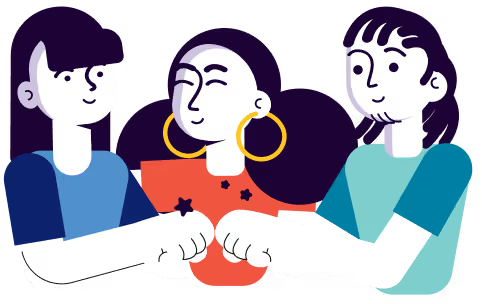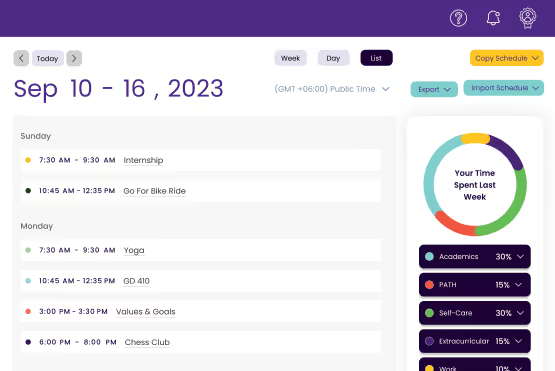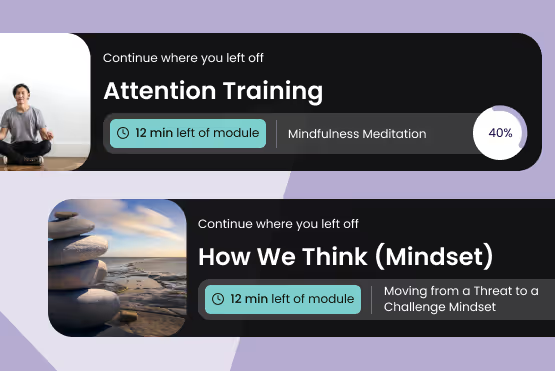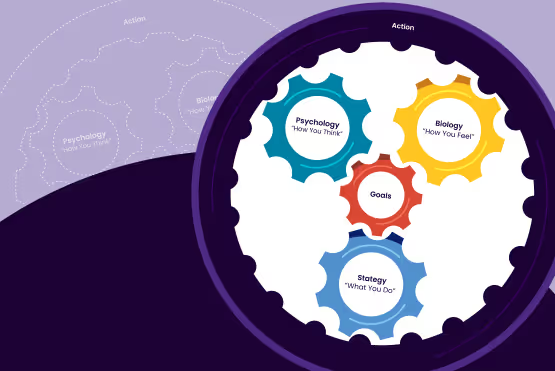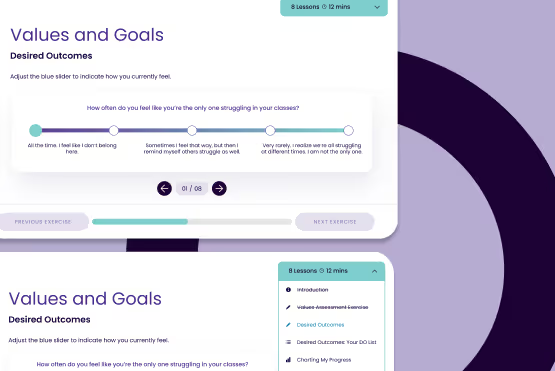Build something educational.

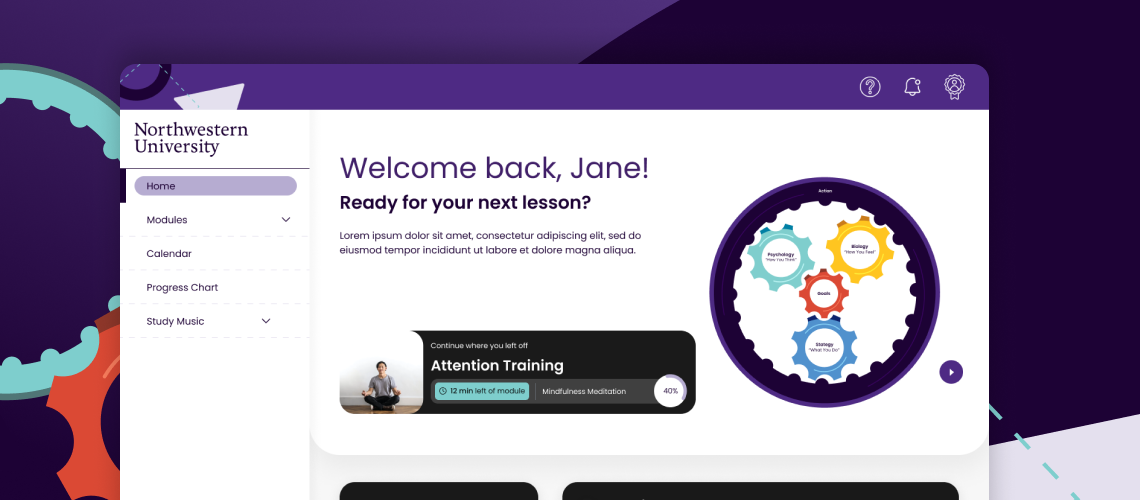
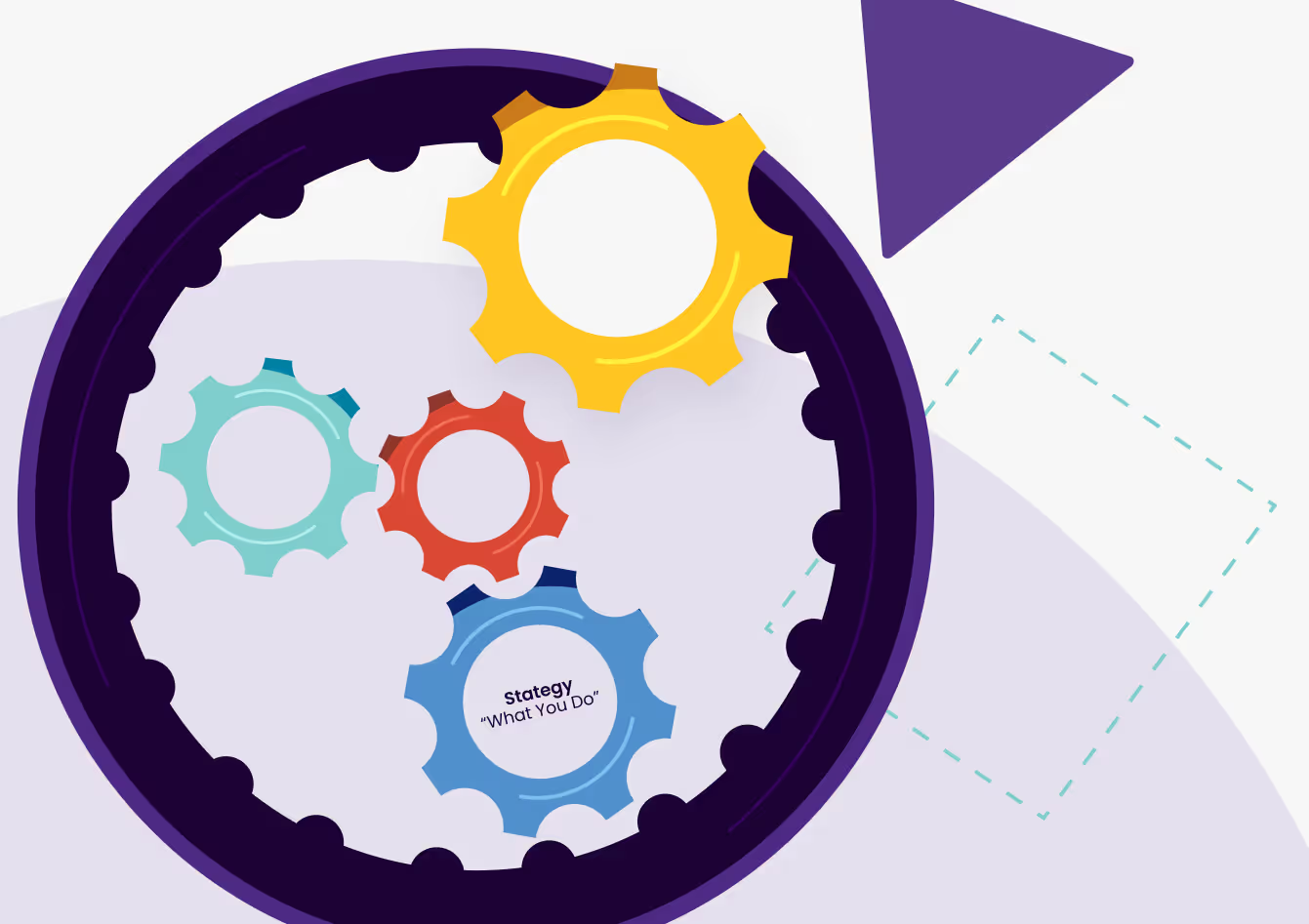
Northwestern PATH is a program and learning management system (LMS) geared towards engineering students at Northwestern University who seek to learn techniques and habits around studying, goal-setting, introspection, and maintaining positive mental health. They came to us to modernize the look and feel of their LMS so that students are more engaged, while amplifying their Gears of Performance ethos; a manifesto of how you think, how you feel, and what you do that powers your values and goals on the path to taking intentional and courageous action.
From stale to scale.

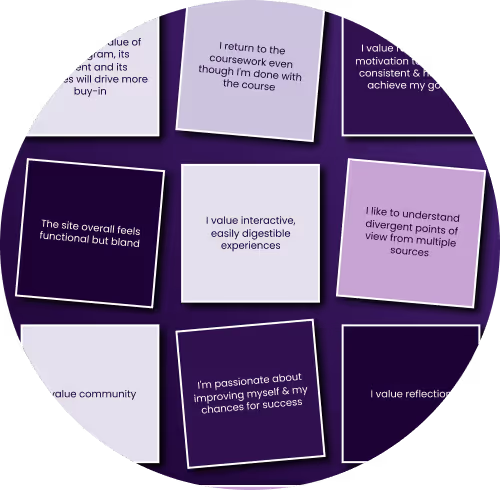
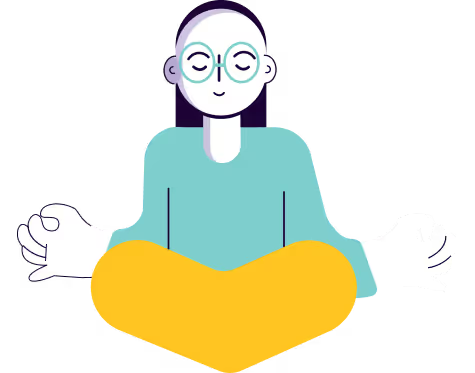
But first, strategy.
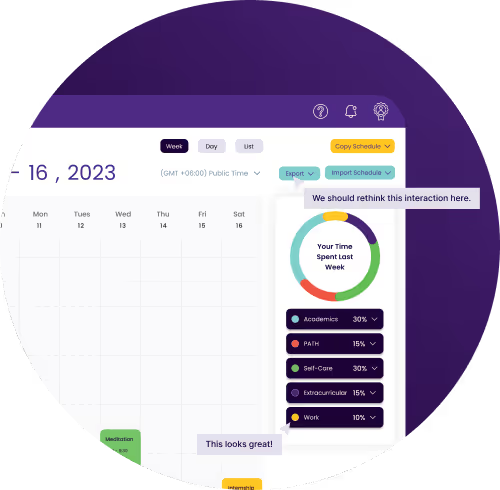
What if we...?

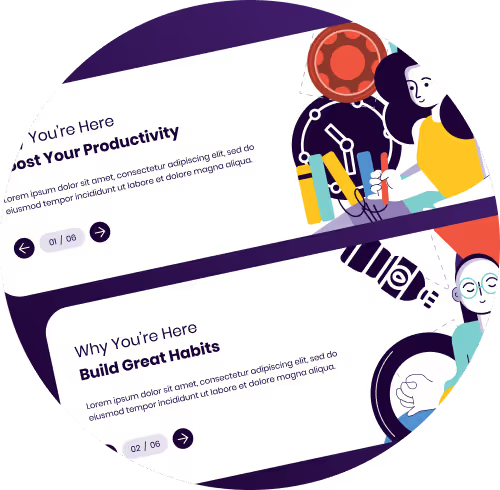
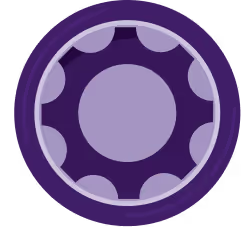
Capturing a feeling.
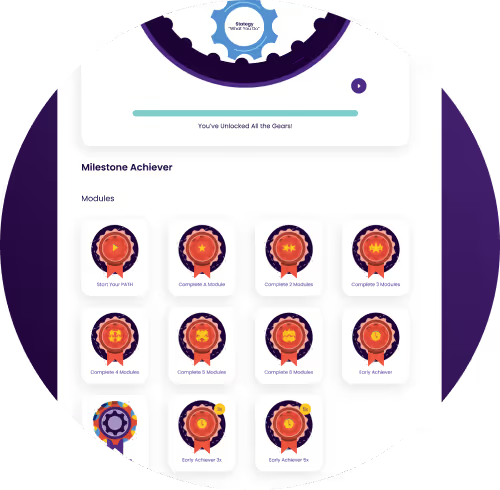

Getting clever about priority.
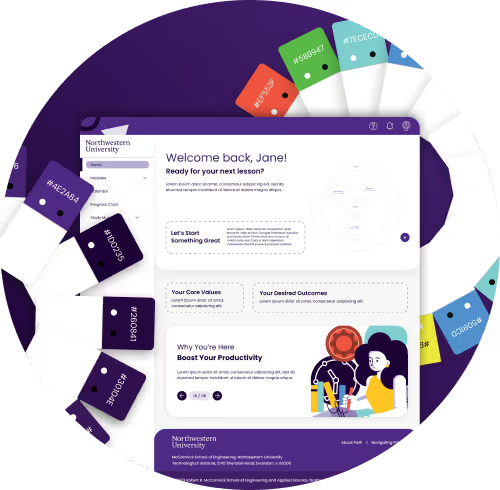
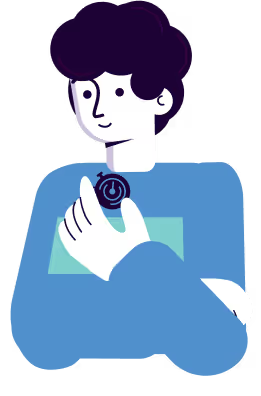
At lightning speed.
Let’s get personal.
Collaborate over coordinate.
Remind students why they're there.
Reward student progress.
Future-forward.











The transformation of Northwestern PATH represents not just a redesign of an LMS, but a reimagining of how engineering students engage with their learning journey. As we move forward, we’re excited about the potential for Northwestern PATH to inspire and empower students at other institutions. With Northwestern PATH leading the way, we’re confident that the future of higher education tech is brighter and more promising than ever before.

